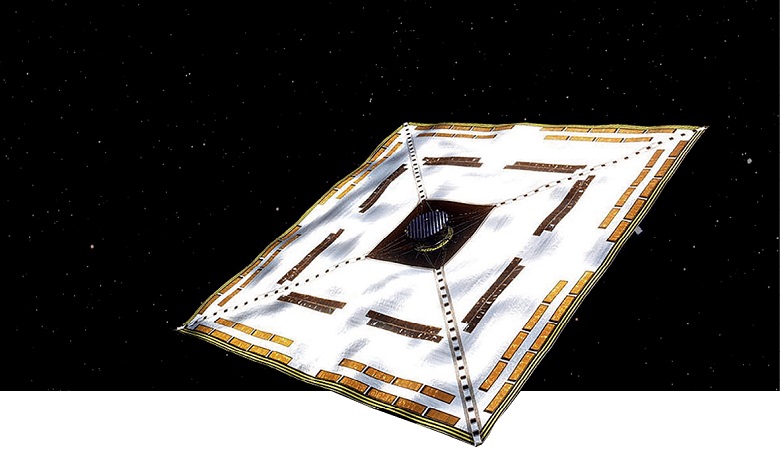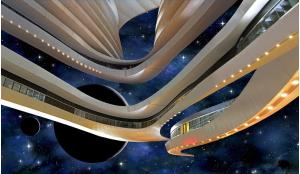The renowned Voyager spacecraft have been on an unmatched mission that has now taken them beyond the edges of the Solar System. But it has taken them over 40 years to do so and there is no other craft at present that could make the same journey on considerably shorter timescales. However, that could soon change as ideas for a vehicle that could reach Neptune in a year are being investigated.
Humanity’s aim to be master of exploration in the solar system has hit a stumbling block. Our ambition to explore the universe in reasonable timescales is hindered by the available technology we have to hand. Traditional chemical-fuelled rockets are not up to the job, as they require vast amounts of propellant for long journeys, making them too big and heavy to get off the ground. While electric thrusters use less propellant, the acceleration achieved is low, in part because of the limit of available power systems, and the travel times are even longer.
This has been the state of play since the beginning of the Space Age and there’s not a whole lot in the pipeline of advanced propulsion technology that would be a revolutionary improvement over what we currently have. But could this be about to change?
Advances in light-sail technology have seen two craft recently deployed in orbit that use the power of photons – particles of light – to ‘sail’ through space. Although the promise of propellant-less propulsion offered by solar energy is an incredibly appealing prospect, most sail-type concepts also suffer from extremely low acceleration because of the weakness of sunlight. To get any meaningful amount of thrust the sail needs to have a big collection area, which again would ultimately impact on the weight of the craft.














